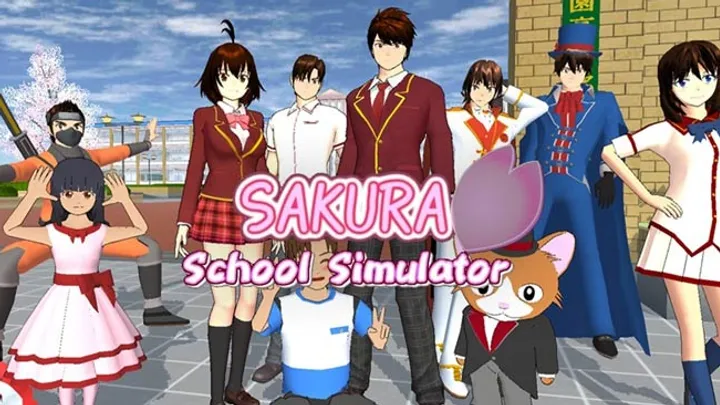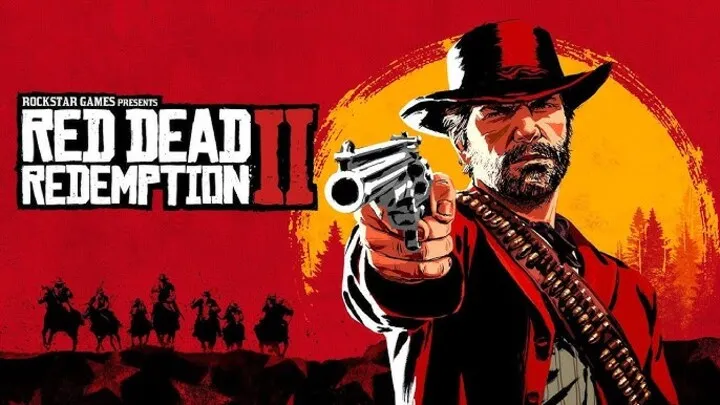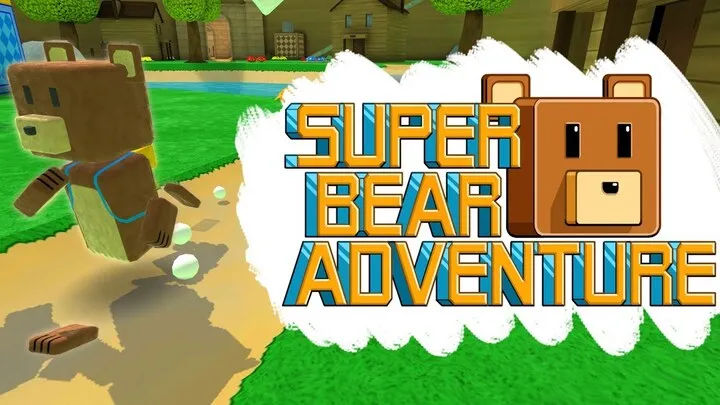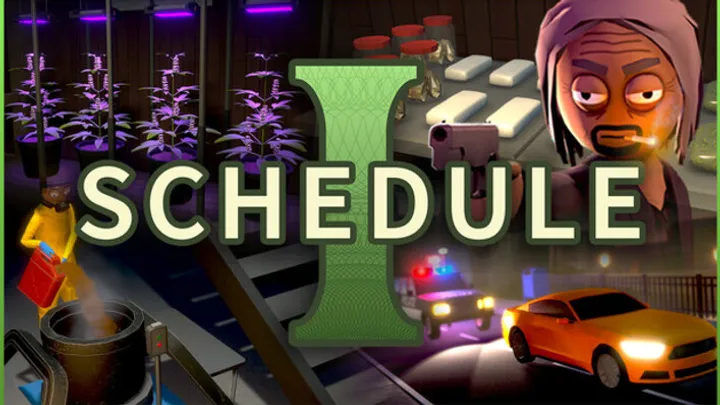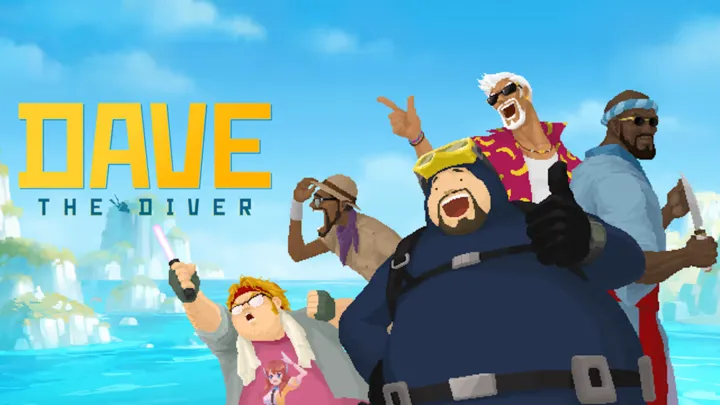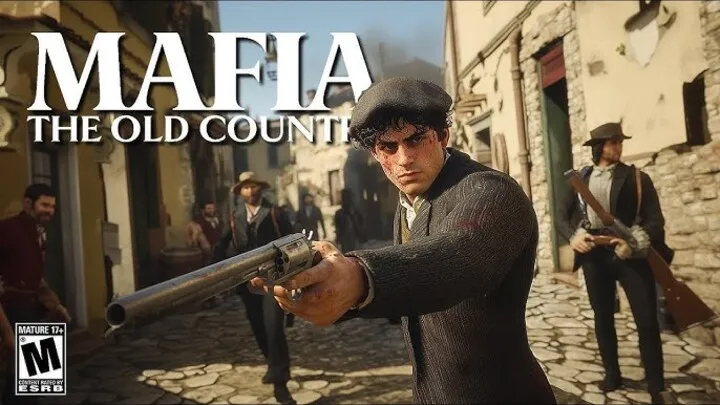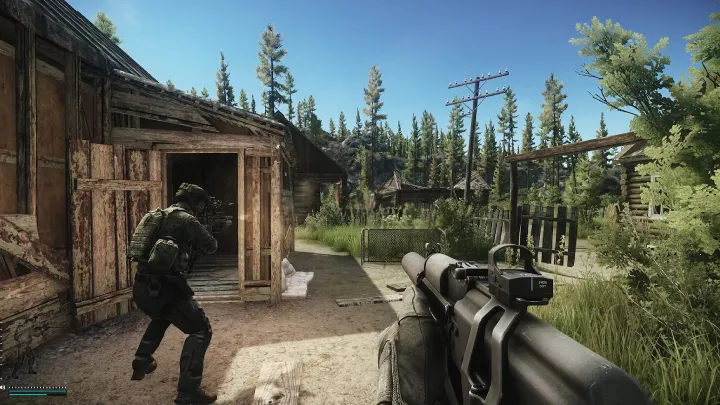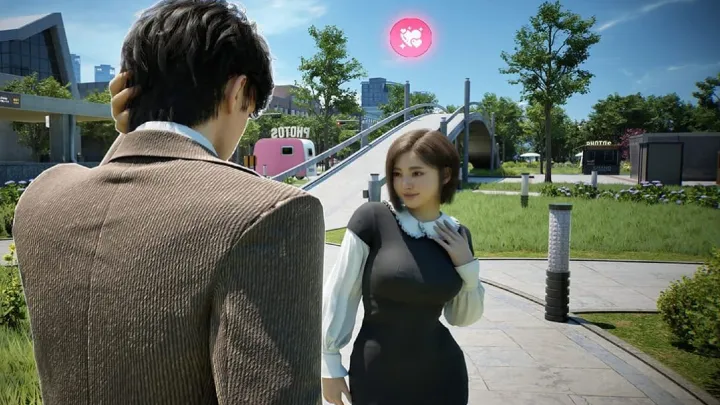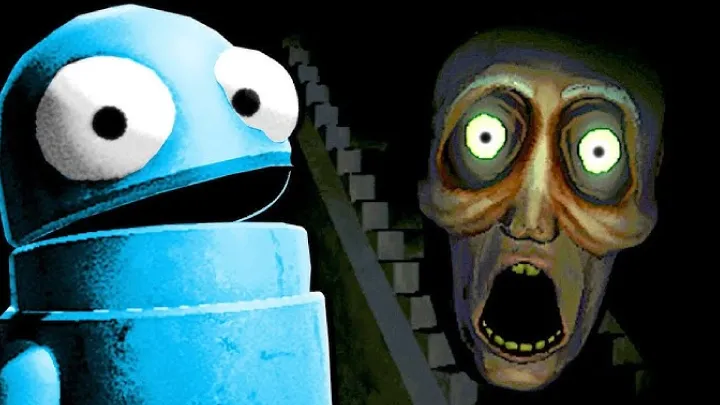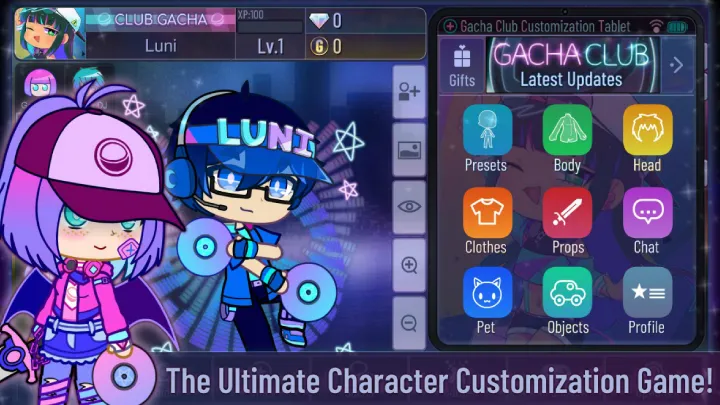1. Understanding the Core Mechanics of Dota 2
The first step to mastering Dota 2 is understanding how it actually works. The goal is simple — destroy the enemy’s Ancient, the glowing crystal in their base. But achieving that goal requires gold, experience, teamwork, and timing.
The game is played on a symmetrical map divided into three lanes: top, middle, and bottom. Each lane has defensive towers and waves of creeps that march toward the enemy base. Every kill and last-hit gives gold and experience — the fuel for your progress.
The Five Roles
Each team consists of five heroes, each with a specific role that defines their responsibilities:
- Carry – The hero who becomes strongest late in the game but weak early on.
- Midlaner – Controls tempo, gains early advantage, and rotates to other lanes.
- Offlaner – Disrupts the enemy carry and absorbs damage in team fights.
- Soft Support (Position 4) – Roams early, creates plays, and helps secure kills.
- Hard Support (Position 5) – Buys wards, protects allies, and sacrifices farm for the team.
Understanding how these roles interact is the foundation of teamwork. You don’t win Dota 2 alone — you win as a five-man machine working in sync.
2. Choosing the Right Hero
Choosing your hero wisely sets the tone of the game. Each hero has unique abilities, stats, and scaling. Some are powerful early, others dominate late.
Play to Your Strengths
If you love flashy plays and control, midlane heroes like Invoker, Storm Spirit, or Ember Spirit will suit you.
Prefer raw power and consistent damage? Go for carries like Juggernaut, Faceless Void, or Sniper.
If you like initiating and protecting, tanks like Axe, Centaur, or Tidehunter are excellent picks.
Focus on a Small Hero Pool
Many beginners try to play every hero, but true mastery comes from specialization. Choose three to five heroes in one role and learn their limits — their combos, matchups, and timing windows. Once you master their mechanics, you’ll naturally expand your pool.
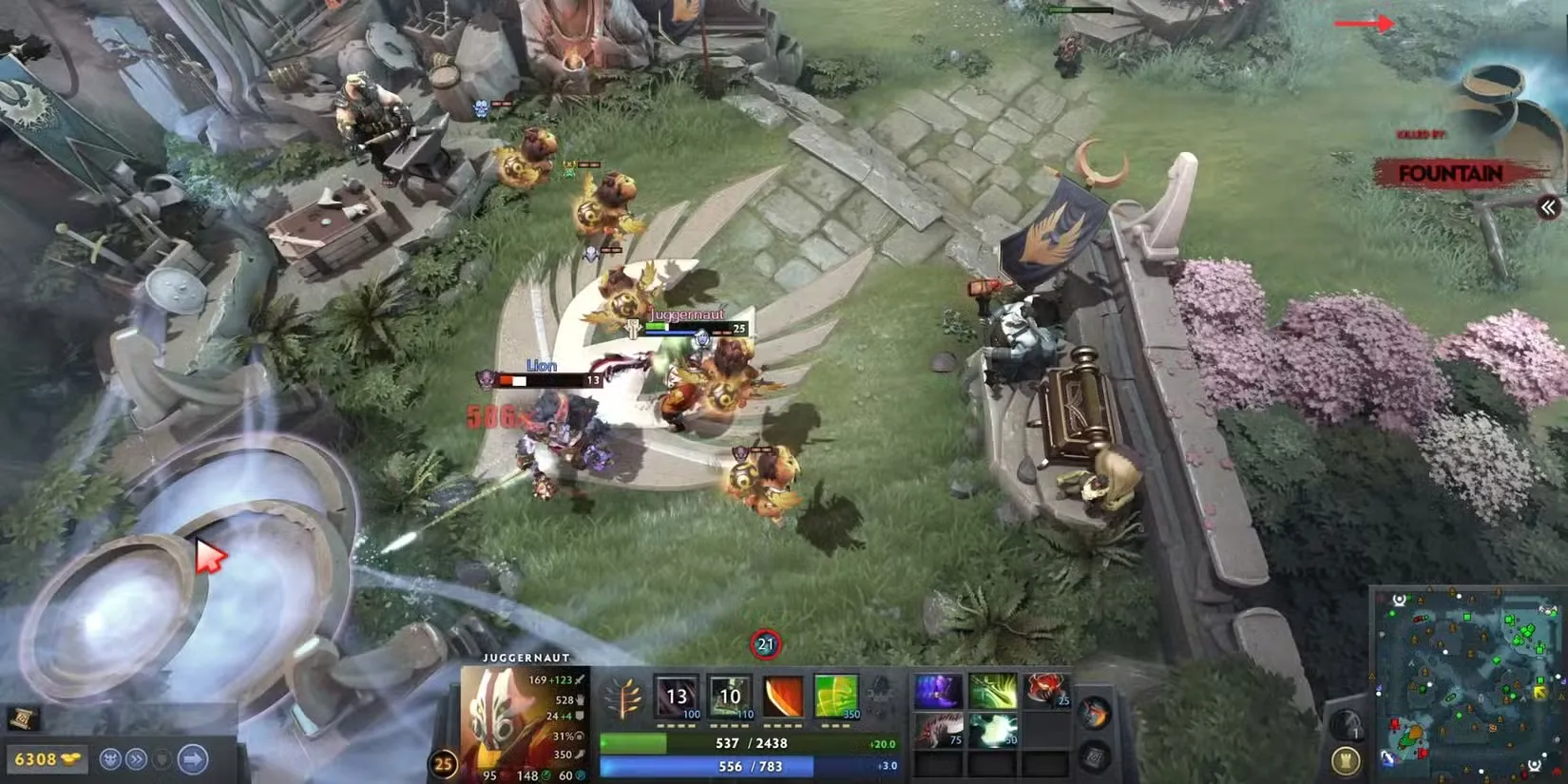
3. Map Awareness and Vision Control
Vision wins games in Dota 2. A well-placed Observer Ward can prevent a deadly ambush or reveal an opening for your team.
Warding Basics
Supports should always carry wards. Place them in high-traffic areas such as jungle entrances, Roshan pit, or cliffs near objectives. Sentry Wards counter enemy vision — never underestimate them.
The Minimap Habit
Professional players check the minimap every few seconds. You should too. Awareness helps you predict ganks, know when to push, and when to retreat. Never chase blindly; always ask yourself, “Where are the other enemies right now?”
The player with better map awareness often wins without realizing it — because they simply avoid unnecessary deaths.
4. The Art of Farming and Economy
Gold is the bloodline of victory. It buys items that make your hero exponentially stronger.
Last-Hitting and Denying
In lane, the goal is to last-hit enemy creeps for gold while denying your own to reduce enemy experience. Learn the exact timing of your hero’s attack animation — practice until it feels natural.
Jungle Efficiency
When lanes become dangerous, move to the jungle. Stack neutral camps for yourself or your carry. Pulling and stacking are core techniques for supports, helping manage lane equilibrium while maximizing your team’s resources.
Smart farming means never wasting a second — always be collecting gold, gaining experience, or preparing for the next fight.
5. Team Fights — Where Legends Are Made
Team fights are the soul of Dota 2. Every five-on-five clash is a test of coordination, reaction, and composure.
Positioning and Target Priority
Your positioning determines your survival. Carries should always stay behind the frontline, waiting for the right moment to strike. Focus on high-value targets first — usually the enemy support or damage dealer.
Spell Coordination
Combining ultimates and spells is what separates amateurs from experts. For example:
- Magnus’ Reverse Polarity into Ember Spirit’s Sleight of Fist
- Enigma’s Black Hole into Invoker’s Cataclysm
- Tidehunter’s Ravage into Drow Ranger’s Marksmanship
Great communication and timing can turn a losing game into a legendary comeback.
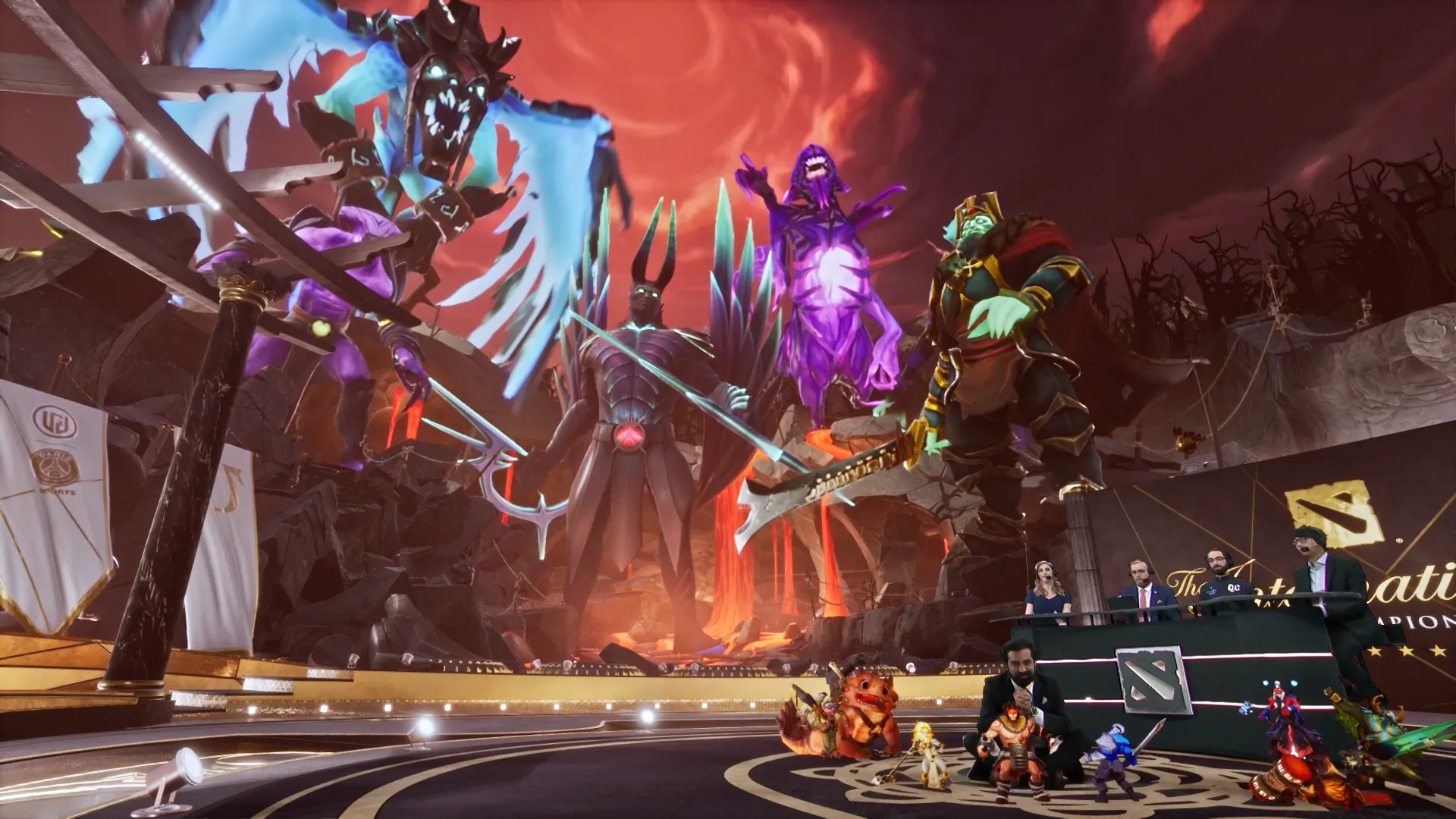
6. Itemization — Adapting Every Match
No two Dota games are the same, so your item build shouldn’t be either.
Adaptive Thinking
Buy items that solve problems, not just follow guides. If the enemy has stuns, a Black King Bar (BKB) is mandatory. Facing illusions? Mjollnir or Radiance can help. Getting nuked? A Pipe of Insight might save your team.
Managing Economy
Keep an eye on your net worth. Sell outdated items like Wraith Bands or Bracers once late-game hits. Use the Quick Buy feature to prepare for your next power spike — especially before a team fight.
Adaptation wins games more than memorized builds.
7. Drafting and Counterpicking
Drafting happens before the match begins but determines much of its outcome.
Reading the Enemy
If the enemy picks heroes with heavy healing like Dazzle or Treant Protector, pick anti-healing tools such as Ancient Apparition or buy a Spirit Vessel.
If they rely on physical damage, stack armor and kiting tools like Ghost Scepter or Force Staff.
Building Synergy
Draft around synergy, not popularity. For example, a Disruptor works perfectly with big-area ultimates like Enigma or Faceless Void. Strong team combinations can overpower individual skill.
Remember — a well-thought-out draft often beats raw mechanical skill.
8. Communication and Team Psychology
Half of Dota is mental. Staying calm, focused, and respectful is what turns an average player into a leader.
Keeping Calm Under Pressure
Toxicity destroys morale faster than the enemy can. If a teammate makes a mistake, stay positive. Good communication should be short, clear, and useful: “Wait for my blink,” “Roshan’s up,” or “We need vision mid.”
Understanding Tempo
Every hero has a timing — a moment when they’re strongest. Supports must recognize when their carry needs space, and carries must know when to join fights. Great players sync their timing instead of forcing their own pace.
Patience and unity often win matches even after early setbacks.
9. Late-Game Decision Making
The late game is the true test of nerves. Every wrong move could cost an hour-long match.
Buyback Management
Before any major fight, check your buyback status. A single hero’s buyback can swing momentum by turning a lost fight into a counterattack.
Objective Focus
Don’t chase kills when you can take objectives. Always think: “Can we get a tower, Roshan, or barracks from this fight?” Objectives win wars — kills are just tools to achieve them.
Late-game Dota is about composure. The best players slow down under pressure instead of panicking.
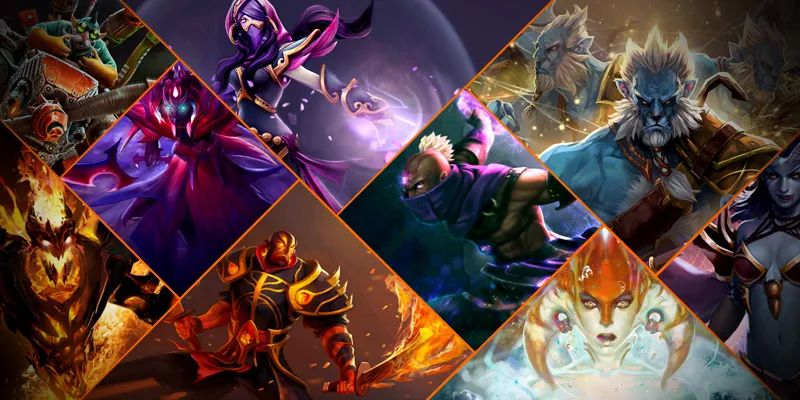
10. Evolving as a Player
True mastery means constant growth.
Analyzing Replays
Watching your replays is one of the fastest ways to improve. Study your deaths, positioning, and item timings. Ask: What could I have done differently? What patterns keep repeating?
Adapting to Patches
Dota 2 is constantly evolving. Heroes get buffed and nerfed, items change, and the meta shifts. Stay informed by reading patch notes and watching professional tournaments. The more you understand the meta, the faster you can adapt.
Learn from Better Players
Watch streamers, pro players, and analysts. Pay attention to why they make decisions, not just what they do. Emulate their map movement, item timing, and team coordination — these are the real secrets to success.
